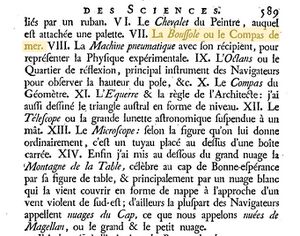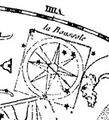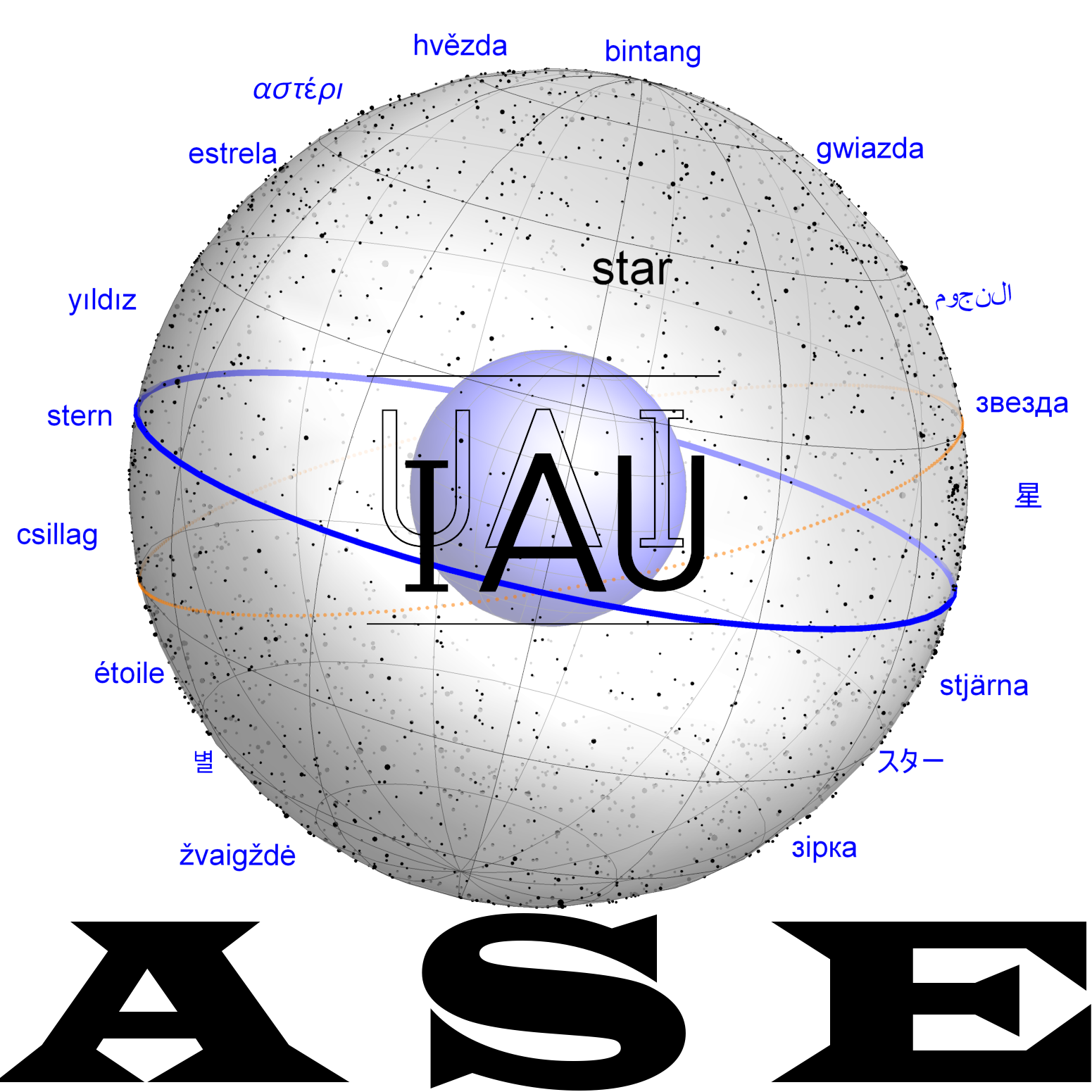Pyxis: Difference between revisions
From All Skies Encyclopaedia
No edit summary |
No edit summary |
||
| Line 14: | Line 14: | ||
File:Pyxis lacaille1756.JPG|Pyxis in the first map by Lacaille (1756) |
File:Pyxis lacaille1756.JPG|Pyxis in the first map by Lacaille (1756) |
||
File:Pyx Bode1782 detail.jpg|Pyxis in Bode (1782) |
File:Pyx Bode1782 detail.jpg|Pyxis in Bode (1782) |
||
File:Pyx Fortin1795.jpg|Pyxis in Fortin's Atlas Céleste, 3rd edition (1795). |
|||
File:Arg+Pyx Bode1782 hi.jpg|Argo and Pyxis in Bode (1782) |
File:Arg+Pyx Bode1782 hi.jpg|Argo and Pyxis in Bode (1782) |
||
File:Argo+Pyx Goldbach1799 hi.jpg|Argo and Pyxis in Goldbach (1799) |
File:Argo+Pyx Goldbach1799 hi.jpg|Argo and Pyxis in Goldbach (1799) |
||
Revision as of 18:02, 26 January 2025
One of the 88 IAU constellations. The stars of Pyxis formed the mast of Ptolemy's Argo, but have been separated from The Ship when the Dutch enlarged this constellation image in the 1590. Lacaille formed a new constellation with them in the 1750s.
Etymology and History
The Greek constellation of Argo was imagined only in the northern stars of today's The Ship (Pup, Car).
Lacaille gives no reason or explanation for the invention of this constellation. The position of a compass between the top of the poop deck and the sails of a ship does not really make sense, but the three stars that form a straight line and were originally considered the mast of the ancient Greek Argo, could easily interpreted as a needle like in a mariner's compass.












